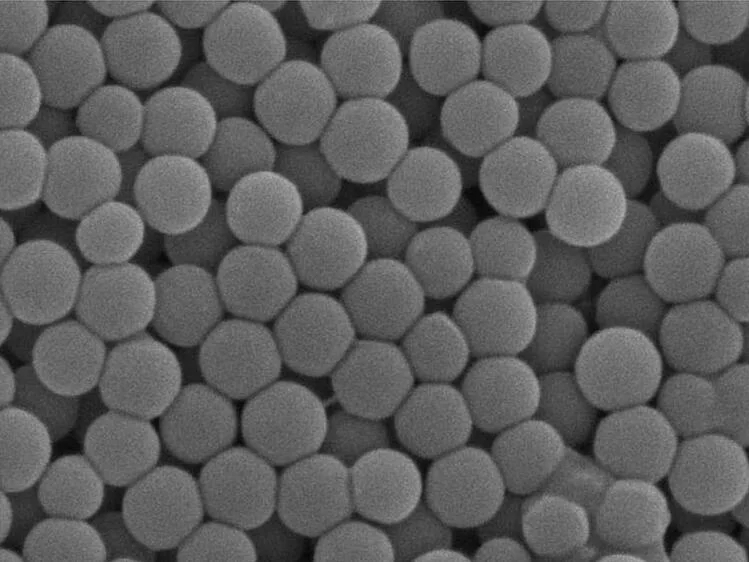Israel-based 3D printer manufacturer, Nano Dimension, has been granted a patent for its dielectric ink used for 3D printing electronics. The patent was granted by the United States Patents and Trademark Office and the Korean Intellectual Property Office.
Amit Dror, CEO of Nano Dimension said, “This patent approval is another step in our path to fundamentally change the way electronic parts are made, and add value to design and manufacturing processes.”

Inkjetting electronics
Nano Dimension is known for its DragonFly Pro 3D printer, a multi-material inkjet system which can 3D print electronics.
In manufacturing electronics using traditional methods, only making an electronic substrate (also known as a wafer) can take up to twenty steps, from drilling vias (electronic connections) to etching and electroplating. In contrast to this, Nano Dimension’s DragonFly can 3D print the whole electronic component in one step, including the conductive and dielectric layers and vias.
The DragonFly uses two print head with micro-nozzles to jet liquid ink onto the build plate. With the help of Nano Dimension’s proprietary AgCite conductive ink and a UV curable dielectric insulation ink, the DragonFly Pro builds the electronic component lay by layer. The printer jets conductive and insulation material simultaneously, and manufactures the whole electronic component in a single step.
Miniature radars
In recent times, the ability of additive manufacturing has opened the doors to miniaturization of electronic equipment such as radars and sensors. Generally, such devices are hefty, which makes them difficult to transport and limit their use in aerospace applications.
In this regard, the DragonFly printer has proved capable of reducing the size of electronics such as multi-layer PCBs, antennas, and sensors. Furthermore, it can 3D print such devices on custom-shaped rigid and flexible materials. A good example of these applications are Nano Dimension’s collaboration with Harris Corporation to 3D print Radio-frequency identification (RFID) chips and with PHYTEC to 3D print PCBs.
On the miniaturization capability of the DragonFly and future potential of Nano Dimension’s technology, Dror added, “Radio frequency circuits such as amplifiers and antennas additively manufactured with our DragonFly Pro will be tested on the International Space Station as part of a joint Harris and Space Florida project.”
“We are very excited about this project and the huge potential it has in development of innovative applications for space.”
Nominate now for 2019 3D Printing Awards, the form is closing this week.
For more news on the latest developments in additive manufacturing, subscribe to our 3D printing newsletter. Also follow us on social media: Facebook and Twitter.
Visit our 3D Printing Jobs page which has plenty of careers to choose from.
Featured image shows particles of dielectric nano ink by Nano Dimension. Image via Nano Dimension.


